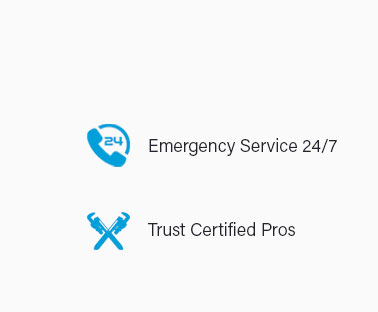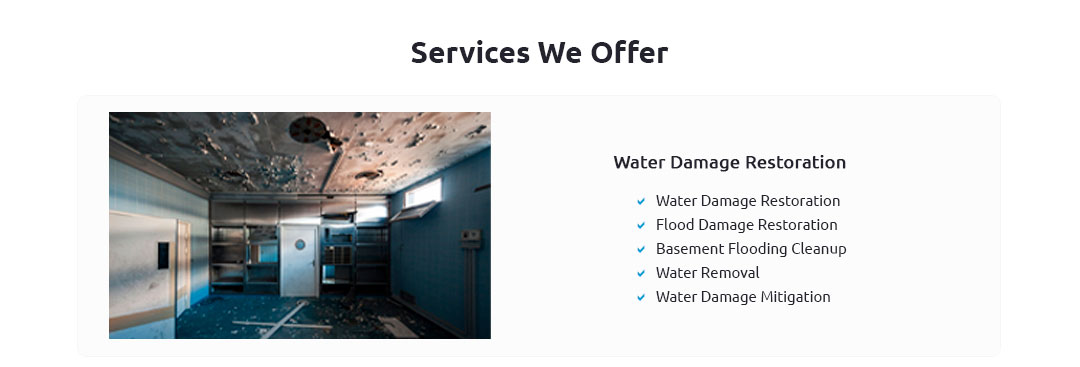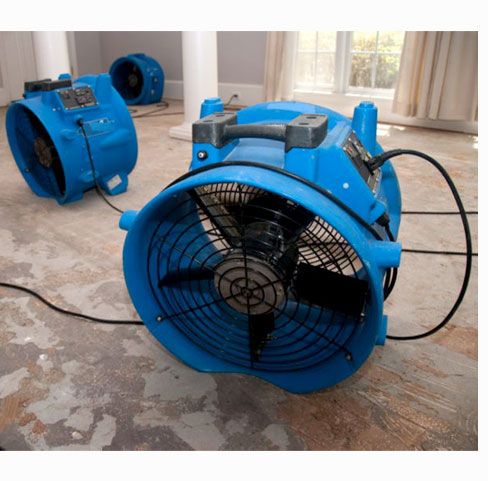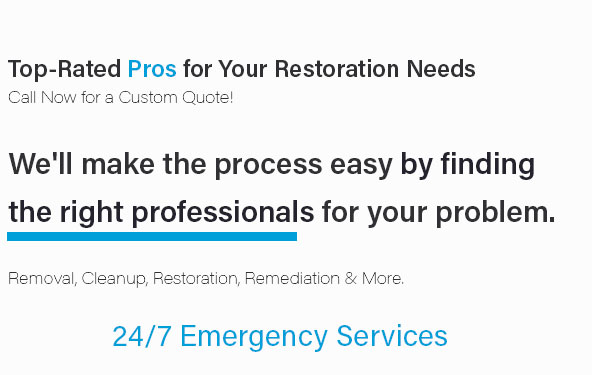 |
 |
 |
 |
|
|
 |
 |
 |
 |
 |
 |
 |
 |
 |
 |
 |
 |
 |
How to Get Rid of Black Mold: An In-Depth GuideBlack mold, scientifically known as Stachybotrys chartarum, is a notorious indoor fungus that thrives in damp, humid environments. Many homeowners encounter this unwelcome guest in their basements, bathrooms, or kitchens, where moisture levels are consistently high. Not only is black mold unsightly, but it can also pose health risks, including respiratory issues and allergic reactions. Therefore, understanding how to effectively eliminate black mold is crucial for maintaining a healthy living space. First and foremost, it is essential to address the root cause of mold growth: moisture. Identifying the source of moisture is the initial step in the mold remediation process. This could range from a leaky pipe to poor ventilation. Fixing leaks and ensuring proper air circulation are vital in preventing mold from reappearing. In this regard, installing dehumidifiers in areas prone to dampness can be highly effective. Once the moisture issue is under control, it's time to tackle the mold itself. Many natural remedies are available, offering an eco-friendly alternative to harsh chemical treatments. For instance, vinegar is a popular household item that can be used to kill mold. Its acidic nature makes it an effective mold killer. Simply spray undiluted white vinegar onto the affected areas, let it sit for an hour, and then wipe clean with a cloth. This method not only removes the mold but also helps prevent future growth. Another natural solution is tea tree oil, which boasts potent antifungal properties. Mixing a teaspoon of tea tree oil with a cup of water creates a powerful mold-fighting solution. Spray this mixture onto the moldy surface and let it dry. The strong, medicinal scent of tea tree oil might be off-putting to some, but its effectiveness is undeniable.
While these natural solutions are often sufficient for small mold infestations, it's important to recognize when professional help is needed. Large-scale mold problems, especially those affecting structural elements of the home, require expert intervention. Mold remediation specialists have the tools and knowledge to safely and thoroughly remove extensive mold growth, ensuring the safety of your home and its occupants. In conclusion, getting rid of black mold involves a combination of moisture control, natural cleaning solutions, and sometimes professional assistance. While some may argue that chemical treatments are quicker, the use of natural remedies aligns with environmentally conscious living and can be just as effective if applied correctly. Remember, the key to preventing mold is to maintain a dry, well-ventilated environment. As the adage goes, an ounce of prevention is worth a pound of cure. https://www.realsimple.com/how-to-get-rid-of-black-mold-7253636
If you're dealing with a small colony of allergic or pathogenic black molds, you can get rid of it with a few disinfecting supplies and a bit of elbow grease. https://my.clevelandclinic.org/health/diseases/24862-black-mold
Nasal irrigation. Antihistamine medications. Nasal corticosteroids. Decongestants. Montelukast tablets. Asthma inhalers. Finally, if you still have black mold ... https://www.epa.gov/mold/mold-cleanup-your-home
Tips and Techniques - Fix plumbing leaks and other water problems as soon as possible. - Scrub mold off hard surfaces with detergent and water, ...
|
